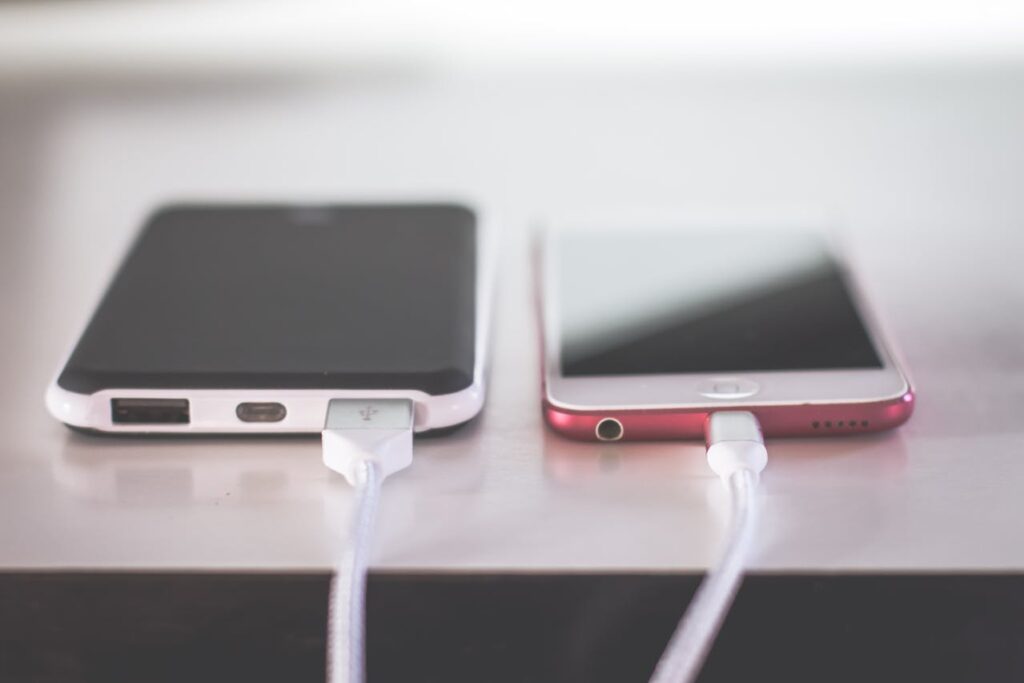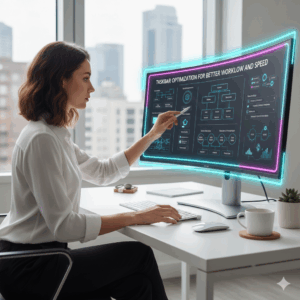Extending the amount of time that your smartphone’s battery can last

Extending the amount of time that your smartphone’s battery can last
Smartphones have evolved into critical instruments for a variety of purposes, including communication, business, entertainment, and even monitoring one’s health. On the other hand, a battery that drains rapidly may soon convert a high-end phone into an experience that is quite aggravating. Even though the capacity of your smartphone’s battery is determined by the hardware of your device, the way in which you use and manage your phone may have a big impact on how long it can go on a single charge.
Within this tutorial, you will learn about tried-and-true methods that can assist you in extending the battery life of your smartphone without affecting its usefulness.
1. Reduce the brightness of your screen or use the auto-brightness feature.
Your smartphone’s display is one of the components that consumes the most power throughout the device. A rapid depletion of the battery occurs when the brightness is maintained at its highest level.
When you are inside, manually make the brightness down.
You may have your phone change its brightness automatically by turning on the Auto-Brightness feature.
The battery will be saved, and the strain on the eyes will be reduced as a result of this.
2. OLED displays should be set to the dark mode.
Switching to Dark Mode on your phone may help you preserve battery life if it has an OLED or AMOLED display. This is because these panels turn off individual pixels when they show darkness.
- Dark Mode may be activated in the system settings or in specific applications.
- To save even more money, use wallpapers that are dark.
3. Limit the Activity of Background Apps Applications that are operating in the background drain some of the battery as well as the processing power.
- If you are using an Android device, go to the Settings menu, then choose Battery, and finally select Background use limitations.
- On iOS, you can select which applications are able to update in the background by going to Settings, then General, and finally Background App Refresh.
4. Disable and disable any unnecessary connectivity features
In the event that they are not being used, features like as Bluetooth, Wi-Fi, mobile internet, GPS, and NFC will deplete your battery.
- The Quick Settings panel or the Control Center may be used to turn them off individually.
- Utilize the Battery Saver option for applications that rely heavily on GPS to limit the number of location checks.
5. Turn on the mode that saves the battery.
In order to decrease the number of background processes, animations, and sync frequency, the majority of smartphones are equipped with a Battery Saver or Low Power Mode.
- When the battery level drops below 20–30%, you should use it.
- Bear in mind that the performance may be significantly diminished while using this option.
6. Keep your software and applications up to date.
It is common for updates to incorporate enhancements that increase the efficiency of the battery.
- Regularly updating your operating system is recommended.
- The best way to avoid issues that might deplete your power is to keep your applications up to date.
7. Manage Push Notifications
When you get a push notification, your phone will wake up and use energy.
- Put alerts for applications that aren’t absolutely necessary off.
- You may disable notifications from applications that you do not need by going to Settings and selecting Notifications on your Android device. On your iOS device, you can do the same thing.
8. Reduce the length of the screen timeout window
As a result of a lengthy screen timeout, your phone will continue to be lighted even when you are not using it.
The timeout should be reduced to 15–30 seconds in order to conserve the battery life.
9. Avoid Temperatures That Are Extremely High
Temperatures that are very hot or cold cause batteries to deteriorate more quickly.
- Maintain the temperature of your phone between 15 and 35 degrees Celsius (59 and 95 degrees Fahrenheit).
- Take care not to leave it exposed to direct sunlight or inside a hot vehicle.
10. Deactivate the Always-On Display (AOD) feature.
However, despite the fact that Always-On Display is useful for viewing the time and alerts, it consumes battery life in a continual manner.
If it is not something you need, you may disable it in the display settings.
11. When in low-signal areas, activate the airplane mode.
Whenever your mobile device is having trouble maintaining a signal, it consumes more power.
When you are in a location with low reception, you should switch to airplane mode until you need connection.
12. Remove or replace applications that use a lot of power.
Even when they are not being used, some applications require a significant amount of power.
- Please check the settings for the battery use statistics.
- When it is practicable, choose for lighter alternatives to replace heavier applications.
13. Stay away from charging overnight.
It is possible that leaving your phone plugged in overnight can result in a gradual but steady accumulation of heat, which will gradually deteriorate the battery’s health.
Maintaining a battery that is between 20% and 80% full is recommended for long-term health.
14 Make sure you use the original or certified chargers.
Cheap chargers that have not been confirmed might charge inefficiently and produce excessive heat, both of which are detrimental to the life of the battery.
Chargers that are advised by the manufacturer of your phone should always be used.
It is possible to extend the battery life of your smartphone by developing smart use habits, optimizing the system, and taking the appropriate care of it. You will be able to enjoy longer hours of usage between charges if you reduce the brightness of the screen, restrict the amount of activity that occurs in the background, and regulate functions that use a lot of power. Over time, these little tweaks may also help preserve the long-term health of your battery, which will ensure that your phone continues to function well for many years to come.




